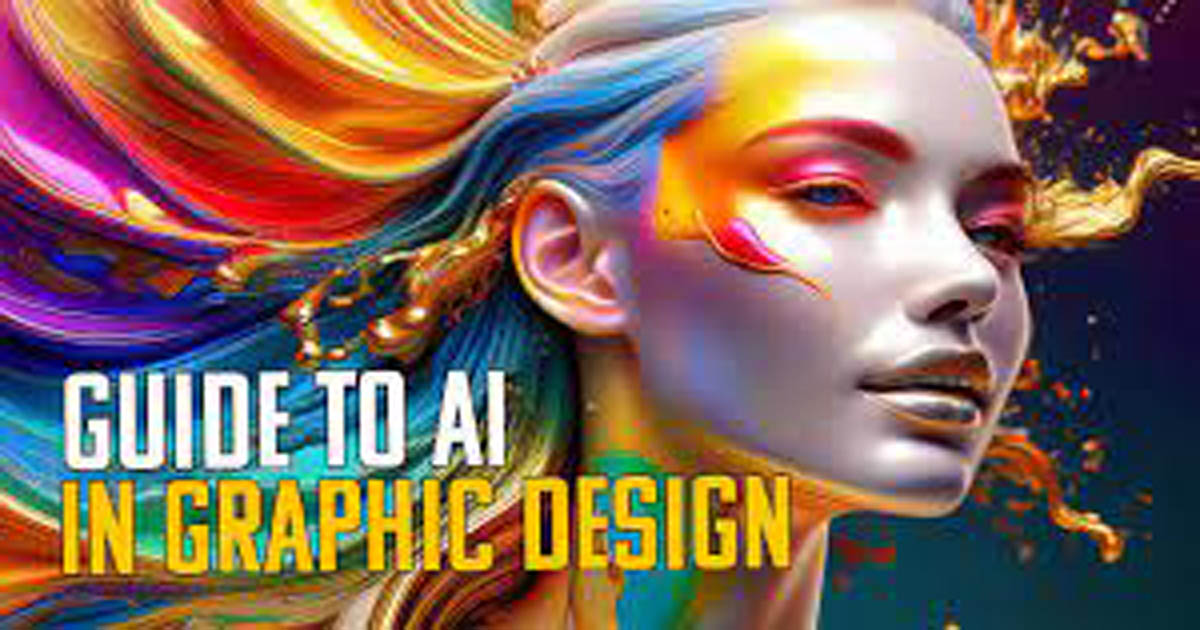Now Reading: From Clueless to Canvas: AI’s Design Revolution Turns Everyone into an Artist
-
01
From Clueless to Canvas: AI’s Design Revolution Turns Everyone into an Artist
From Clueless to Canvas: AI’s Design Revolution Turns Everyone into an Artist

The world of design has just experienced a seismic shift. Forget years of training, expensive software, and a “natural eye” – a new artificial intelligence model, released by OpenAI, is promising to democratize design, turning even the most artistically challenged individuals into creators overnight.
The tool, tentatively dubbed “Aether Canvas,” isn’t just another image generator. It’s a comprehensive design suite powered by a sophisticated AI that understands not only visual aesthetics but also fundamental design principles like layout, typography, and color theory. Users can input simple text prompts, upload existing images, or even sketch rough ideas, and Aether Canvas will translate them into polished, professional-looking designs.
“We wanted to break down the barriers to creativity,” explains Dr. Anya Sharma, lead developer at OpenAI. “Design shouldn’t be exclusive to those with formal training. Aether Canvas empowers anyone to express their ideas visually, regardless of their background.”
The implications are vast. Imagine a small business owner creating stunning marketing materials without hiring a graphic designer, a student crafting compelling presentations, or a social media user generating eye-catching content in seconds. Aether Canvas aims to make these scenarios a reality.
How it Works: A Symphony of AI Algorithms
Aether Canvas utilizes a combination of advanced AI techniques. At its core lies a powerful generative model, similar to those used in image generation, but with a crucial difference: it’s trained on a massive dataset of not just images, but also design layouts, typography samples, and user interface elements. This allows it to understand the context and purpose of a design, not just its visual appearance.
The AI also incorporates a sophisticated “design critique” module. This component analyzes user inputs and suggests improvements based on established design principles. It can recommend color palettes, adjust typography for readability, and even optimize layouts for different screen sizes.
“It’s like having a personal design mentor built into the software,” says beta tester, Sarah Chen, a small business owner. “I always struggled with creating professional-looking graphics for my online store, but Aether Canvas made it incredibly easy. It even suggested different fonts and color schemes that I would never have thought of.”
Beyond Simple Images: A Complete Design Workflow
Aether Canvas isn’t limited to generating static images. It offers a complete design workflow, allowing users to:
- Create logos and branding materials: Input your company name and industry, and the AI will generate a range of logo options and brand guidelines.
- Design website and app interfaces: Describe your desired layout and functionality, and the AI will create mockups and prototypes.
- Generate social media graphics: Input your text and desired aesthetic, and the AI will create eye-catching posts and stories.
- Produce marketing materials: Design brochures, flyers, and posters with ease, using pre-designed templates or custom layouts.
- Edit and refine existing designs: Upload your own images or designs and use the AI to enhance them, change colors, or adjust layouts.
The Impact on the Design Industry: Evolution, Not Extinction
While Aether Canvas has generated excitement among non-designers, it has also raised concerns within the professional design community. Some fear that the AI will replace human designers, leading to job losses and a decline in creative quality.
However, OpenAI argues that Aether Canvas is intended to be a tool that enhances, rather than replaces, human creativity.
“We believe that AI will augment the design process, freeing up designers to focus on more strategic and creative tasks,” explains Dr. Sharma. “It can handle the tedious aspects of design, such as generating variations and exploring different layouts, allowing designers to focus on the big picture.”
Many professional designers are also embracing the technology, seeing it as a powerful tool for rapid prototyping and ideation. They believe that Aether Canvas will allow them to explore more creative possibilities and streamline their workflow.
The Future of Design: A Collaborative Landscape
The release of Aether Canvas marks a significant step towards a future where design is accessible to everyone. While the long-term impact on the design industry remains to be seen, it’s clear that AI is transforming the creative landscape.
The tool will likely continue to develop and evolve, incorporating new features and capabilities. Future iterations may include:
- Real-time collaborative design tools.
- Integration with 3D modeling software.
- Advanced animation and video editing capabilities.
- Personalized design recommendations based on user preferences.
Ultimately, Aether Canvas represents a powerful shift towards a more collaborative and accessible design ecosystem, where AI and human creativity work together to unlock new possibilities. The canvas is now open to everyone.







